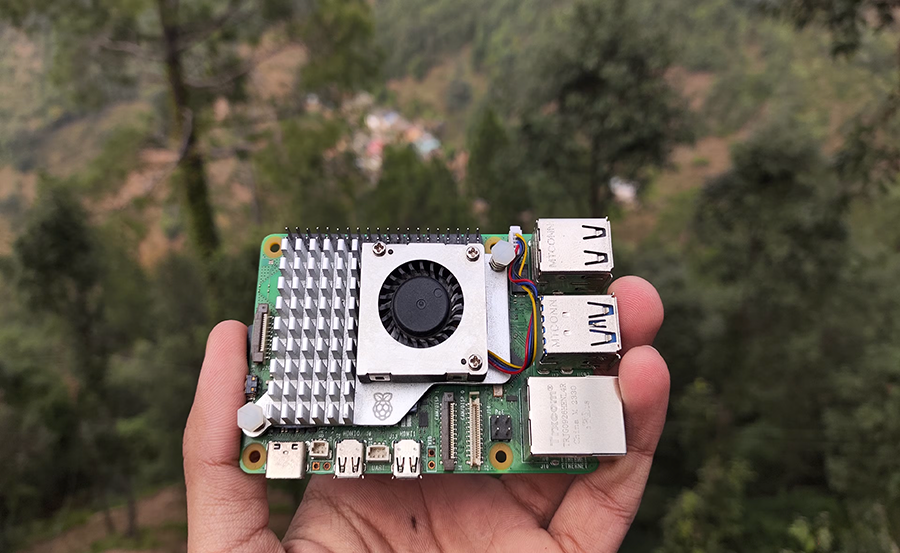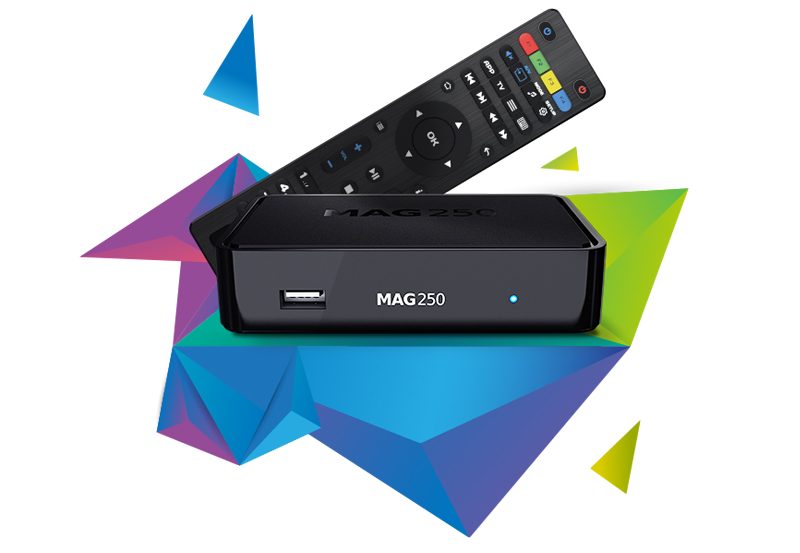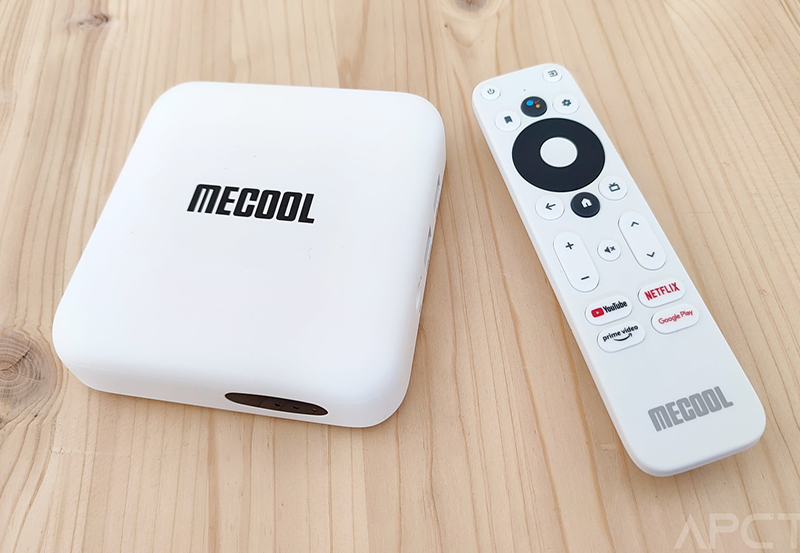With the rapid advancement of technology, educators are consistently seeking innovative methods to enhance learning experiences. One such transformative tool is the Raspberry Pi. In this comprehensive article, we will explore the diverse applications of Raspberry Pi in education and its potential to revolutionize classroom learning across various age groups.
The Evolution of Raspberry Pi in Educational Settings
The Raspberry Pi, initially developed as an affordable, compact computer to promote programming skills, has made significant strides in educational environments. Its affordability and versatility have made it accessible to schools across the globe, paving the way for creative learning experiences that go beyond traditional teaching methods.
Initial Adoption and Increasing Popularity
Since its inception, Raspberry Pi has gained traction in classrooms, largely due to its cost-effectiveness compared to traditional computers. Educators found it invaluable for teaching coding, electronics, and even project-based learning. As its popularity grew, so did the community and resources surrounding it, offering myriad possibilities and support for teachers and students alike.
Smart Insight:
Catch every live game with IPTV for sports streaming that ensures you never miss a moment.
Interestingly, the demand for technology skills in the workforce has stretched far beyond just knowing how to use conventional software. As industries evolve, so too must our educational approaches, making Raspberry Pi an ideal tool for bridging this gap.
Integration in Curriculum and Availability of Resources
Over the years, new curriculums incorporating Raspberry Pi have emerged. Online platforms and organizations offer structured lesson plans to integrate Raspberry Pi effectively into subjects such as mathematics, science, and even art. This accessibility has enabled schools with limited resources to implement modern technology solutions that inspire and engage students.
Moreover, Raspberry Pi offers an ecosystem of components and accessories that enhance its functionality. For example, adding sensors and cameras not only augments the learning experience but also exposes students to real-world applications, from monitoring environmental data to exploring digital photography.
Practical Applications of Raspberry Pi in the Classroom
The versatility of Raspberry Pi enables its use in a wide range of educational projects. By integrating Raspberry Pi into classroom activities, educators can foster an engaging and interactive learning environment.
Developing Fundamental Technology Skills
One of the core advantages of using Raspberry Pi is that it introduces students to essential tech skills at an early stage. Through coding exercises and projects, students develop problem-solving skills and computational thinking, which are critical for future learning.
Programs such as Python and Scratch, already supported by Raspberry Pi, present opportunities to introduce students to programming concepts, from basic commands to more complex algorithms. This fosters an environment where students learn by doing, thus retaining knowledge more effectively.
Creative Projects and Real-World Problem Solving
Raspberry Pi enables students to apply their learning creatively. From building simple games to creating automated systems or robots, students are encouraged to think outside the box. Tackling real-world problems, such as creating an energy-efficient home model or developing weather stations, connects theoretical knowledge with tangible outcomes.
Through collaboration on these projects, students not only learn technical skills but also cultivate teamwork and communication abilities, contributing to their overall personal and academic growth.
The Role of Raspberry Pi in Promoting STEM Education
The emphasis on STEM (Science, Technology, Engineering, and Mathematics) education has amplified the need for tools that support hands-on, experiential learning. Raspberry Pi is perfectly poised to meet this demand, making abstract STEM concepts more accessible and engaging.
Enhancing STEM Curriculum
Integrating Raspberry Pi into the STEM curriculum can significantly enhance learning outcomes. By providing practical applications for theoretical concepts, Raspberry Pi allows students to experiment and innovate, deepening their understanding of complex subjects.
For instance, physics students can use Raspberry Pi to measure and analyze data, while mathematics students can program calculations and simulations. Chemistry and biology learners can utilize sensors and cameras to conduct experiments and record observations.
Bridging the STEM Gender Gap
Raspberry Pi also offers opportunities to address the gender gap in STEM fields. By creating inclusive projects and learning environments, educators can encourage female students to explore and engage with STEM subjects confidently.
Promoting joint projects and competitions can inspire girls to develop an interest in technology and engineering, potentially influencing future career choices and contributing to a diverse and balanced professional field.
Challenges and Considerations for Implementing Raspberry Pi in Education
While the benefits of integrating Raspberry Pi into classrooms are numerous, there are also challenges that educators must address to successfully implement and sustain its use.
Technical and Resource Limitations
One primary challenge is the availability of technical resources and expertise. Schools may face limitations due to budget constraints, lack of infrastructure, or insufficient training for teachers. Ensuring that educators are adequately trained to effectively use Raspberry Pi can be crucial to the program’s success.
Additionally, the need for maintenance and troubleshooting can pose a challenge. Schools must have access to technical support or develop in-house expertise to manage these systems and ensure uninterrupted learning experiences.
Curriculum Integration and Assessment
Another consideration involves seamlessly integrating Raspberry Pi into existing curriculums. Educators might need to align projects and lessons with educational standards while ensuring that they remain relevant and beneficial to students’ learning outcomes.
Assessing student progress in project-based learning environments can also be challenging. Traditional testing methods may not effectively capture the breadth of skills and knowledge gained through hands-on projects, necessitating alternative assessment strategies.
Enhancing Learning with Raspberry Pi Beyond the Classroom
Raspberry Pi’s potential extends well beyond classroom settings, offering opportunities for after-school programs, clubs, and home projects that continue to inspire and engage students.
After-School Programs and Clubs
Many schools have established after-school programs or clubs centered around Raspberry Pi, allowing students to explore their interests in a more relaxed and informal environment. These initiatives often lead to new friendships and a sense of community among peers with shared interests.
Through these clubs, students can leverage Raspberry Pi to partake in larger collaborations or competitions, further enhancing their learning experience and building a portfolio of achievements.
Resources for Independent Projects
For students keen on developing personal projects, Raspberry Pi serves as an accessible resource. A plethora of online resources, tutorials, and community forums provides support for learners individualizing their tech journeys outside the structured classroom setting.
This independent learning fosters self-motivation and creativity, allowing students to pursue interest-driven projects that align with their passions and aspirations.
Conclusion: Raspberry Pi as a Catalyst for Educational Transformation
Raspberry Pi, with its boundless possibilities and transformative potential, is reshaping the landscape of education. By providing an affordable, flexible, and engaging platform for learning, it empowers students and teachers to push the boundaries of traditional education systems.
In a world where technology touches every aspect of life, equipping students with the tools, skills, and confidence to navigate and innovate is imperative. Raspberry Pi, with its creative applications, is the catalyst driving this essential transformation, fostering a new generation of knowledgeable and inspired learners.
Frequently Asked Questions

-
What is Raspberry Pi, and why is it significant in education?
Raspberry Pi is a small, affordable computer designed to promote technology education. Its significance lies in its flexibility and ability to teach coding, electronics, and computer science, crucial skills in today’s tech-driven world.
-
How does Raspberry Pi enhance STEM learning in classrooms?
By providing hands-on, practical experiences, Raspberry Pi enables students to apply theoretical STEM concepts in real-world scenarios. This approach enriches learning and prepares students for future tech careers.
-
What resources are available for educators to integrate Raspberry Pi into their curriculum?
There are numerous online platforms offering lesson plans, projects, and community forums. These resources help educators effectively incorporate Raspberry Pi projects into various subjects and learning objectives.
-
Can Raspberry Pi be used outside of formal education systems?
Absolutely! Raspberry Pi is popular in after-school programs, clubs, and for personal projects at home. Its accessibility makes it ideal for independent study and exploration, supporting lifelong learning.
-
What are common challenges encountered when using Raspberry Pi in schools?
Challenges include technical resource limitations, the need for educator training, and the development of effective curriculum integration strategies. Addressing these challenges is key to maximizing Raspberry Pi’s educational impact.
Exploring the Customization Options in ProgTV





